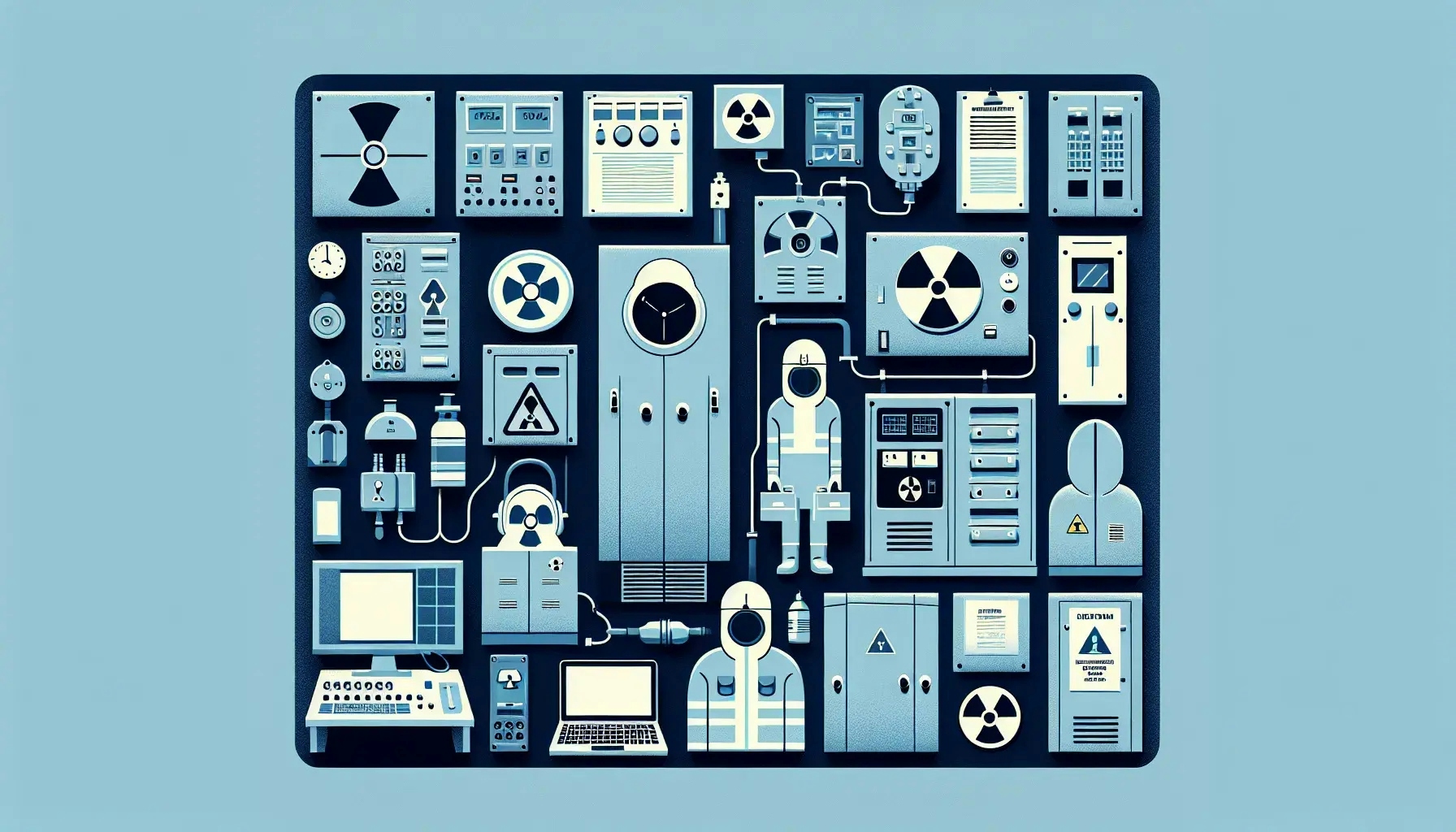The world of nuclear energy is a complex one, filled with potential and peril. Safety is paramount in this industry, and the protocols in place reflect this. This blog post will delve into the intricate details of these safety protocols, shedding light on their importance, implementation, and evolution.
Understanding the Importance of Safety Protocols in Nuclear Facilities
Safety protocols in nuclear facilities are not just guidelines; they are the lifeline of the industry. They ensure the protection of workers, the public, and the environment. Without these protocols, the risk of accidents, radiation exposure, and environmental contamination would be significantly higher.
These protocols are not static. They evolve with advancements in technology, changes in regulatory requirements, and lessons learned from past incidents. This constant evolution helps ensure that the protocols remain effective in the face of new challenges and risks.
Safety protocols cover a wide range of areas, from design and construction of the facility to operation, maintenance, and emergency response. Each area has its specific protocols, tailored to the unique risks and challenges it presents.
Design and Construction: Building Safety from the Ground Up
Safety protocols start long before a nuclear facility begins operation. They guide the design and construction of the facility, ensuring that it can withstand a wide range of potential hazards, from earthquakes to terrorist attacks.
The design of the facility must incorporate multiple layers of safety, known as 'defense in depth'. This approach involves multiple physical barriers to prevent the release of radioactive material, backed up by multiple safety systems to prevent or mitigate any breach of these barriers.
Construction of the facility must also adhere to strict safety protocols. These protocols cover everything from the quality of materials used to the qualifications and training of the construction workers. Any deviation from these protocols can compromise the safety of the facility and is therefore not acceptable.
Operation and Maintenance: Keeping the Facility Safe
Once a nuclear facility starts operation, a new set of safety protocols comes into play. These protocols cover the day-to-day operation of the facility, as well as regular maintenance and inspections to ensure that everything is functioning as it should.
Operating protocols cover a wide range of activities, from the handling of nuclear fuel to the monitoring of radiation levels. These protocols are designed to prevent any unsafe conditions and to ensure a swift and effective response if any such conditions do occur.
Maintenance and inspection protocols are equally important. They ensure that the facility remains in good condition and that any potential issues are identified and addressed before they can pose a risk. These protocols also cover the regular testing of safety systems, to ensure that they will function correctly in the event of an emergency.
Emergency Response: Preparing for the Worst
Despite all the safety protocols in place, the possibility of an emergency cannot be completely ruled out. This is where emergency response protocols come into play. These protocols outline the steps to be taken in the event of an emergency, to protect workers, the public, and the environment.
Emergency response protocols cover a wide range of potential scenarios, from a minor incident within the facility to a major disaster affecting the entire region. They include procedures for evacuation, sheltering, and decontamination, as well as communication with the public and coordination with other emergency services.
Training and drills are a key part of these protocols. They ensure that all staff know what to do in an emergency and can respond quickly and effectively. These drills are often conducted in conjunction with local emergency services, to ensure a coordinated response.
Regulatory Oversight: Ensuring Compliance with Safety Protocols
Regulatory bodies play a crucial role in ensuring the safety of nuclear facilities. They set the safety standards and protocols, monitor compliance, and take enforcement action when necessary.
Regulatory oversight involves regular inspections of nuclear facilities, as well as reviews of safety reports and incident investigations. This oversight provides an independent check on the safety of the facility and helps to identify any areas where improvements are needed.
Regulatory bodies also play a key role in the development and revision of safety protocols. They draw on a wide range of expertise, from nuclear engineers to health physicists, to ensure that the protocols are based on the latest scientific knowledge and best practices.
The Future of Safety Protocols in Nuclear Facilities
The future of safety protocols in nuclear facilities is likely to be shaped by several key trends. These include the increasing use of digital technology, the growing focus on human factors, and the ongoing challenge of managing aging facilities.
Digital technology offers new tools for monitoring and managing safety, from advanced sensors to predictive analytics. However, it also brings new risks, such as cyber threats, that must be addressed in the safety protocols.
Human factors are increasingly recognized as a key element of safety. This involves not just training and procedures, but also the design of the workplace and the management of safety culture.
Managing aging facilities is another major challenge. As facilities get older, the risk of equipment failure and other issues increases. This requires ongoing investment in maintenance and upgrades, as well as careful planning for eventual decommissioning.
Wrapping Up: The Critical Role of Safety Protocols in Nuclear Facilities
Safety protocols in nuclear facilities are a complex and evolving field, but their importance cannot be overstated. They are the foundation of the nuclear industry, ensuring the protection of workers, the public, and the environment. As the industry continues to evolve, so too will these protocols, adapting to new technologies, new risks, and new lessons learned.

